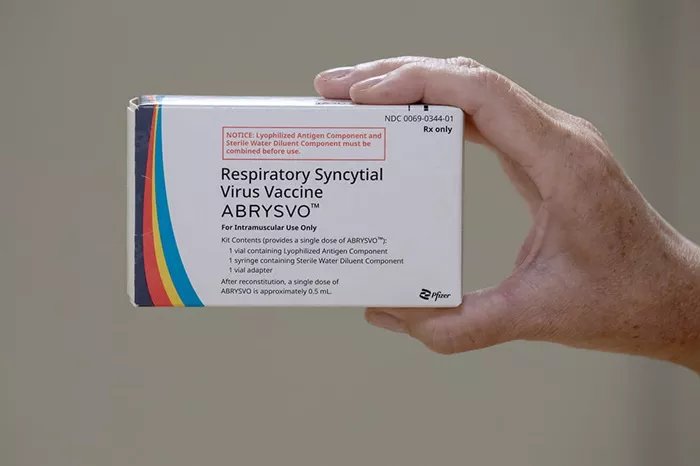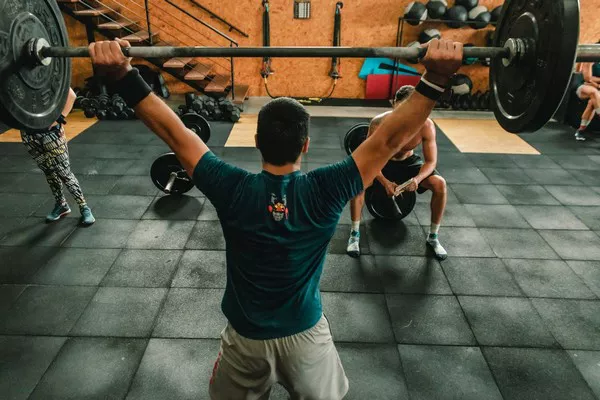Cardio has long been celebrated as the ultimate fat-burning workout. From early morning joggers to high-energy spin classes, people everywhere rely on cardiovascular exercise to shed pounds and slim down. The logic seems simple: move more, sweat harder, and the fat will melt away. But how fast does cardio actually burn fat? And is it as efficient as it’s made out to be?
For those starting a fitness journey or aiming to lose body fat, this is a critical question. Cardio certainly has a place in any fat loss plan, but understanding how it works, how quickly it delivers results, and how to optimize its effects is key to avoiding frustration and reaching your goals. This article takes a deep dive into the mechanics of fat burning through cardio, separating fact from fitness folklore and helping you create a smarter, more sustainable workout routine.
What Happens During Cardio Exercise?
Cardio, short for cardiovascular exercise, refers to any rhythmic physical activity that raises your heart rate and keeps it elevated for an extended period. Activities like running, cycling, swimming, dancing, or using an elliptical machine all fall under this category. These workouts increase oxygen circulation and stimulate your heart and lungs, making your cardiovascular system stronger over time.
As you exercise, your body needs energy. It first turns to carbohydrates stored in your muscles and liver in the form of glycogen. As these stores deplete, your body begins to tap into fat reserves for fuel. This shift doesn’t happen instantly; it’s part of a complex process influenced by exercise intensity, duration, and your individual metabolic rate.
So when you start a cardio session, your body burns a mix of carbohydrates and fat. The longer and more moderate the session, the more likely your body is to use fat as a primary fuel source. But don’t be misled—just because you’re burning fat during a workout doesn’t mean you’re losing fat overall. Fat loss is about creating a consistent calorie deficit over time.
The Role of the Fat-Burning Zone
You may have heard of the “fat-burning zone”—a heart rate range where your body supposedly burns more fat than carbs. This concept is based on the idea that low to moderate-intensity cardio (about 60–70% of your max heart rate) taps into fat stores more efficiently than higher-intensity workouts.
While this is partially true in terms of fuel usage during the session, it doesn’t necessarily mean this type of cardio burns more fat overall. High-intensity exercise burns more calories in less time and often leads to greater post-exercise calorie burn, known as the afterburn effect or excess post-exercise oxygen consumption (EPOC).
So while moderate-intensity cardio uses a higher percentage of fat during the workout, high-intensity cardio burns more total calories—and fat loss ultimately comes down to burning more calories than you consume. The best strategy depends on your fitness level, time availability, and goals.
How Soon Does Cardio Burn Fat?
If you’re wondering how fast cardio burns fat, the answer depends on several factors. For most people, visible fat loss takes at least two to four weeks of consistent cardio combined with a healthy, calorie-controlled diet. The actual speed of fat loss varies based on your weight, metabolism, workout intensity, and lifestyle habits.
A general rule is that one pound of fat equals roughly 3,500 calories. So to lose one pound of fat, you need to create a calorie deficit of 3,500 calories. If you burn 500 calories per day through cardio and don’t increase your food intake, you could theoretically lose about one pound of fat per week. That’s considered a safe and sustainable rate of fat loss.
However, the scale doesn’t always tell the full story. You may notice changes in how your clothes fit or how your body looks before you see the numbers shift. Cardio promotes fat loss throughout the entire body—not just one area—so it may take time to see targeted results.
High-Intensity vs. Low-Intensity Cardio
Both high-intensity and low-intensity cardio can burn fat, but they do so in different ways. High-intensity interval training (HIIT) involves short bursts of intense effort followed by brief recovery periods. It’s fast, efficient, and triggers a strong afterburn effect, meaning your body continues to burn calories long after the workout ends.
Low-intensity steady-state cardio (LISS), like brisk walking or slow jogging, is easier to sustain for longer durations. It’s gentler on the joints and ideal for beginners or those recovering from injury. LISS burns fewer calories per minute than HIIT, but because it can be done for longer, it can still lead to significant fat loss over time.
The fastest fat-burning strategy often involves a combination of both. For example, you might do HIIT three times per week for maximum calorie burn and LISS on alternate days to keep your body active without overtraining.
The Importance of Duration and Frequency
To see meaningful fat loss through cardio, consistency is crucial. A single workout won’t make a visible difference, but regular sessions over weeks and months will. Most experts recommend at least 150 minutes of moderate-intensity cardio or 75 minutes of vigorous cardio per week for general health. For fat loss, you may need closer to 300 minutes per week.
That could look like five 60-minute walks, four 45-minute runs, or three 30-minute HIIT sessions paired with two days of low-intensity movement. The key is to find activities you enjoy so you can stay consistent. Boredom and burnout are two major reasons people abandon their fat loss efforts.
Also, longer workouts generally burn more fat, but they don’t need to be extreme. A 45-minute brisk walk may burn 200–300 calories, while a 30-minute HIIT workout might burn 300–400 depending on intensity. The most effective cardio is the kind you can stick with regularly.
How Cardio Affects Metabolism
Cardio helps burn calories during and after exercise, but it also influences your metabolism. When you engage in regular aerobic activity, your body becomes more efficient at using fat as a fuel source. Your resting metabolic rate may also increase slightly, especially if cardio is combined with strength training.
However, excessive cardio without enough calories or rest can backfire. Your body may adapt by slowing down metabolism to conserve energy. That’s why balanced nutrition and adequate recovery are essential. Cardio should be part of a broader fat loss plan that includes proper sleep, stress management, and strength training to preserve muscle mass.
The more lean muscle you maintain, the more calories your body burns at rest. So while cardio helps reduce fat, pairing it with resistance training ensures your metabolism stays active and your results are long-lasting.
Cardio Alone Isn’t Enough
One of the biggest misconceptions in fat loss is that cardio alone will deliver a toned, sculpted body. While cardio burns fat, it doesn’t build muscle. As a result, people who focus only on cardio may lose weight but still feel soft or lack definition.
To change your body composition and achieve a leaner, firmer appearance, you need to combine cardio with resistance training. Lifting weights or doing bodyweight exercises helps preserve and build muscle, which gives shape to your physique.
Additionally, nutrition plays a more critical role than most people realize. No amount of cardio can outwork a poor diet. If you’re consuming more calories than you burn, fat loss won’t happen. Focus on eating whole, nutrient-dense foods, staying in a moderate calorie deficit, and supporting your workouts with proper hydration and recovery.
Tracking Progress Without the Scale
When doing cardio for fat loss, many people turn to the scale for validation. But weight can fluctuate due to many factors—water retention, hormonal changes, or muscle gain. A better way to measure fat loss progress is by tracking body measurements, taking progress photos, or monitoring how your clothes fit.
You can also use tools like body fat calipers or smart scales that estimate body composition. While not 100% accurate, they give a general sense of whether your fat percentage is going down.
Remember, visible changes often come before scale changes. If you feel stronger, leaner, or more energized, that’s a clear sign your cardio routine is working—even if the scale hasn’t moved yet.
Best Practices for Faster Fat Burning with Cardio
If you want to maximize fat burning through cardio, focus on consistency, variety, and intensity. Choose a mix of steady-state and interval-based workouts. Schedule your cardio like an appointment and treat it as a non-negotiable part of your day.
Try fasted cardio in the morning if it suits your body and lifestyle, but don’t rely on it as a magic bullet. Stay hydrated, fuel your workouts properly, and allow time for rest and recovery. Your body needs balance, not punishment.
Most importantly, listen to your body. If you’re overly tired, sore, or dreading your workouts, that’s a signal to adjust your plan. Sustainable fat loss comes from a routine you can enjoy and maintain—not from pushing yourself to the point of exhaustion.
Conclusion
So, how fast does cardio burn fat? The answer is: not instantly, but steadily. With a combination of regular cardio, mindful eating, and smart training, you can begin to see fat loss in as little as two weeks, with more visible results after four to six weeks of consistency. The exact speed varies from person to person, but the formula remains the same: burn more calories than you consume, maintain muscle mass, and stay consistent.
Cardio is a powerful tool in your fat loss arsenal, but it works best when combined with strength training, nutrition, and lifestyle habits that support your goals. Keep your expectations realistic, track your progress with more than just a scale, and remember that every workout brings you one step closer to a leaner, healthier version of yourself.

































